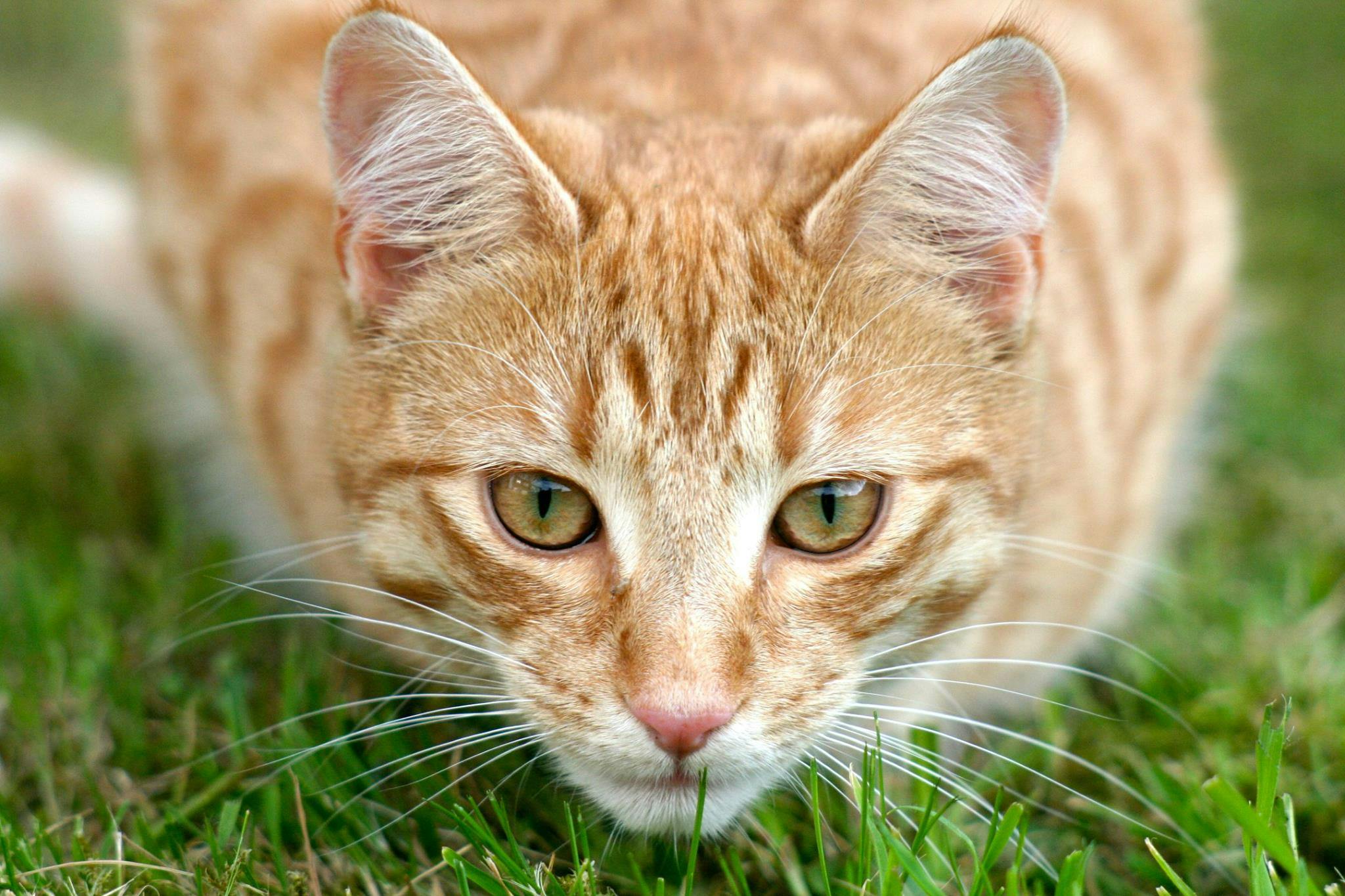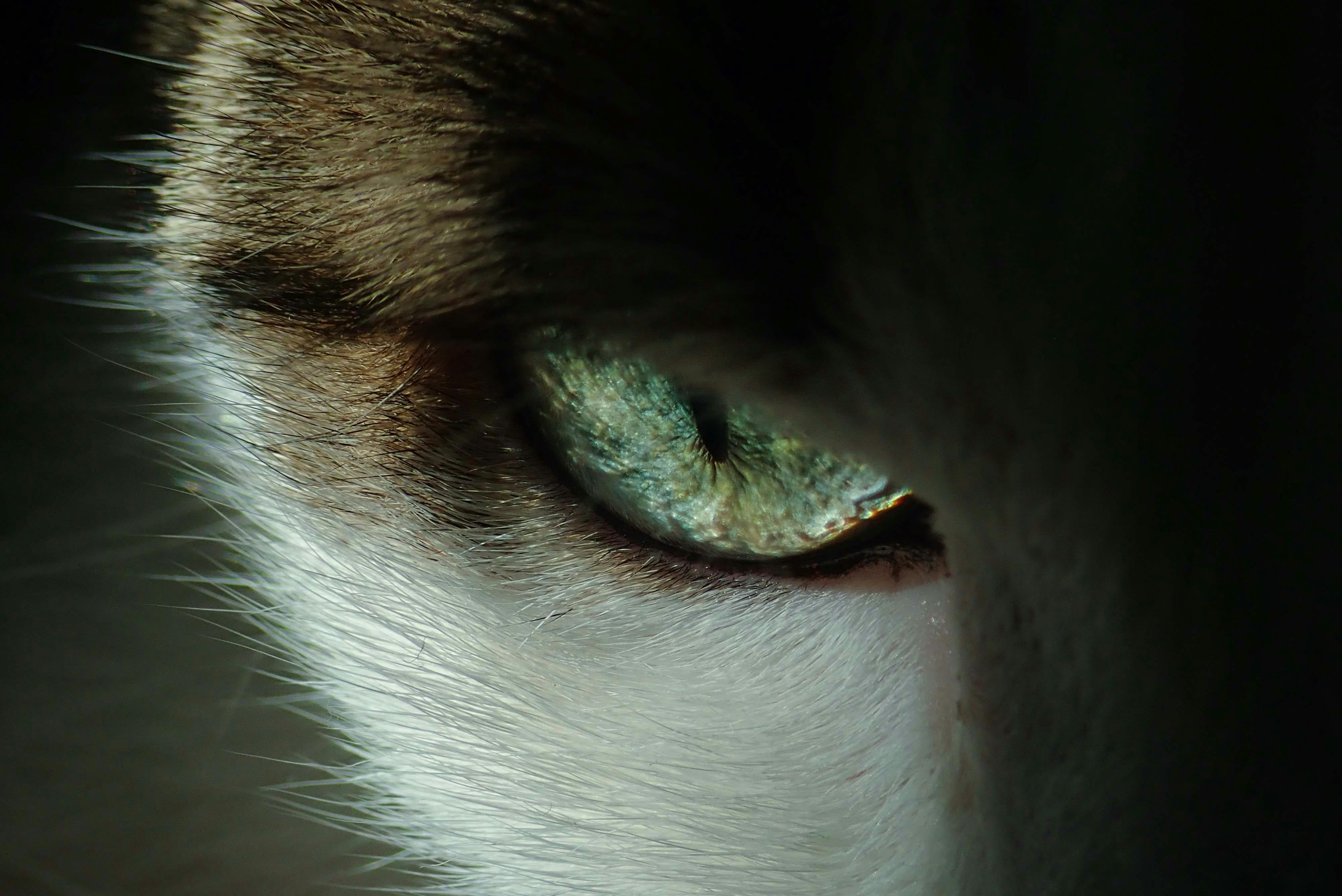1) Always use a registered Staffordshire Bull Terrier breeder
If you are looking to buy a Stafford, you should always plan to use a registered Staffordshire Bull Terrier breeder. This is the only way to guarantee that you get what you pay for!
Stories abound of people who decided to try and save a few bucks because they weren’t going to show their dog, and bought an unpapered Staffordshire, only to end up with a completely different dog than they expected. I even heard stories where the so called parents on display were NOT even the REAL PARENTS!
Buying from a registered Staffordshire Bull Terrier breeder gives you peace of mind AND the option of documents certifying your dogs lineage. Whether you decide to take the dog roles or not is entirely up to you!
So you got the message now then – ALWAYS USE A REGISTERED STAFFORDSHIRE BULL TERRIER BREEDER. And don’t just take the word of the “nice” person who is selling you the puppy that the dog is pedigreed!
2) Always ask to see the originals of the Pedigree papers for the parents or the Pedigree papers and a Certificate of Service if only the bitch is in view and she was mated to a stud from another breeder.
Check the Staffordshire Bull Terrier breeders documentation, including kennel name and prefix number, and make sure everything is up to date!
DON’T WORRY – if they’re solid Staffordshire Bull Terrier breeders, they won’t care; in fact, they WILL be WAITING for you to check, if they seem doubtful, it’s time to get very suspicious about that pup’s pedigree!
Staffordshire Bull Terrier breeders follow breed standards that were established to verify and maintain certain key characteristics that define how a Staffordshire Bull Terrier looks and moves etc. This standard and the documentation supporting a dog’s lineage is your guarantee of purity – there is simply no other way to be sure!
3) Be vigilant for DEFECTS in your puppy: Using a registered Staffordshire Bull Terrier breeder ensures you are buying a dog with proven, traceable bloodlines, but a dog can still have defects.
Here is the Breed Standard taken directly from the Book – A Guide for New Owners of Staffordshire Bull Terriers by Dayna Lemke – (Page 26), it is an international standard and is the same all over the world.
While it applies to an adult dog, certain aspects of the Standard (eg color, eyes, teeth, etc.) will also be visible in a puppy.
The official standard from the breeder of Staffordshire Bull Terrier General appearance The Staffordshire Bull Terrier is a smooth-coated dog. He must be of great strength for his size and, although muscular, must be active and agile.
Size, Proportion, Substance Height at shoulder: 14 to 16 inches Weight: Dogs, 28 to 38 pounds; bitches, 24 to 34 pounds, these heights being related to the weights. Failure to comply with these limits is a foul. In proportion, the length of the back, from the withers to the root of the tail, is equal to the distance from the withers to the ground.
head Short, deep, broad skull, very pronounced cheek muscles, marked stop, short forehead, black nose. Pink nose (Dudley) to be considered a serious fault.
eyes It is preferable that it be dark, but it may have something to do with the color of the coat. Round, of medium size and arranged to face forward. Light eyes or pink eye rims will be considered a fault, except where the layer surrounding the eye is white, the eye rim may be pink.
Ears Rose gold medium punctured and not large. Complete fall or complete puncture to be considered a serious fault.
Mouth A bite in which the outer side of the lower incisors touches the inner side of the upper incisors. The lips should be tight and clean. A very underbite or overbite is a serious fault.
Neck, Topline, Body The neck is muscular, rather short, clean in outline and gradually widens towards the shoulders. The body is well set up, with a level topline, broad forehead, deep chest and well sprung ribs, being fairly light on the loins. The narrative is uncoupled, of medium length, set low, tapering to a point, and quite short in carriage. It shouldn’t twist very much and can be compared to the handle of an old-fashioned pump. A tail that is too long or badly curled is a fault.
forequarters Legs straight and well-boned, quite separated, without looseness in the shoulders and without weakness in the pasterns, from which the feet protrude a little. Dewclaws on front feet may be removed. Feet should be well padded, strong and of medium size.
hindquarters The hindquarters should be well muscled, the hocks low with the knees well bent. The leg should be parallel when viewed from behind. Dewclaws, if any, on the hind feet are usually removed. Feet as in front.
coat Smooth, short and close to the skin, whiskers should not be trimmed or removed.
color Red, fawn, white, black or blue or any of these colors with white. Any shade of Brindle or any shade of Brindle with white. Black and tan or liver to be disqualified.
Passed Free, powerful and agile with economy of effort. Legs move parallel when viewed from the front or back. Perceptible impulse of the hind legs.
Temper From the past history of the Staffordshire Bull Terrier, the modern dog draws its character of indomitable courage, great intelligence and tenacity. This, along with his affection for his friends and children in particular, his off-duty calmness, and his dependable stability make him an all-purpose dog.
Disqualification Black and tan or liver color.
Approved November 14, 1989 – Effective January 1, 1990 NOTE: There is also a small flaw mentioned that a Staffordshire Bull Terrier breeder might forget to tell you about, because although it is undesirable, it is not a serious flaw. The defect is called short fingers.
4) Finally, ask to see any certification that the puppy has been vet checked; again, a proper breeder will expect this.
Follow these simple steps and you’ll be well on your way to a healthy, certified Staffordshire Bull Terrier puppy that will win your heart!








